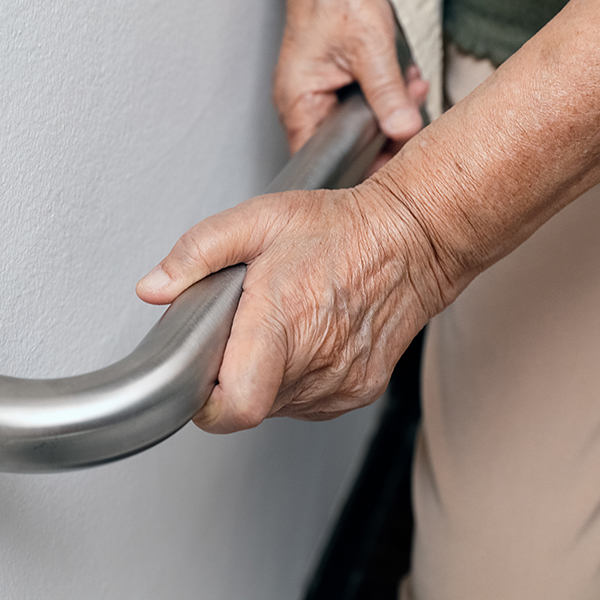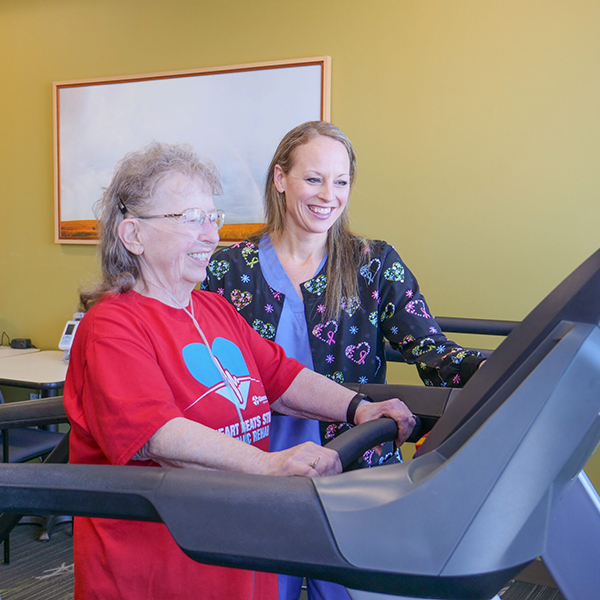
Every year more than one in four older adults reported falling. The Center for Disease Control and Prevention (CDC) offers these tips to prevent falls, stay injury-free, and independent:
Four Things You Can Do to Prevent Falls:
- Speak up. Talk opening with your healthcare provider about fall risks and prevention.
- Tell a healthcare provider right away if your loved one has fallen, or if they are worried about falling, or seem unsteady.
- Keep an updated list of your loved one’s medications. Show a healthcare provider or pharmacist all of their medications, including over-the-counter medications, and supplements. Discuss any side effects, like feeling dizzy or sleepy.
- Ask their healthcare provider about taking vitamin D supplements to improve bone, muscle, and nerve health.
- Keep moving. Begin an exercise program to improve your leg strength and balance.
- Activities that improve balance and strengthen legs (like Tai Chi) can prevent falls.
- Exercise and movement can also help your loved one feel better and more confident.
- Check with their healthcare provider about the best type of exercise program for them.
- Have their eyes and feet checked. Being able to see and walk comfortably can prevent falls.
- Have their eyes checked by an eye doctor at least once a year.
- Replace eyeglasses as needed.
- Have their healthcare provider check their feet once a year.
- Discuss proper footwear, and ask whether seeing a foot specialist is advised.
- Make the home safe. Most falls happen at home.
- Keep floors clutter-free.
- Remove small throw rugs, or use double-sided tape to keep the rugs from slipping.
- Add grab bars in the bathroom—next to and inside the tub, and next to the toilet.
- Have handrails and lights installed on all staircases.
- Make sure the home has lots of light.
Additional Fall Prevention Resources
Falls Free CheckUp – National Council on Aging
Feet and Footwear for Older Adults (PDF) – Center for Disease Control and Prevention (CDC)
Chair Rise Exercise (PDF) – Center for Disease Control and Prevention (CDC)
Postural Hypotension: what it is, and how to manage it (PDF) – Center for Disease Control and Prevention (CDC)







